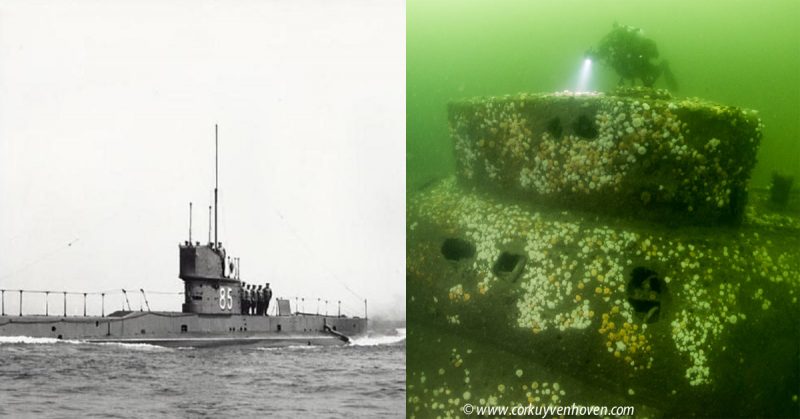Divers in the North Sea have recently explored two British submarines from World War I. One of the wrecks has been identified as the HMS E5. This British submarine disappeared on March 7, 1916, north of Schiermonnikoog, presumably when it ran on a German mine. Through a unique collaboration between the Dutch government and sports diving teams the wrecks were mapped.
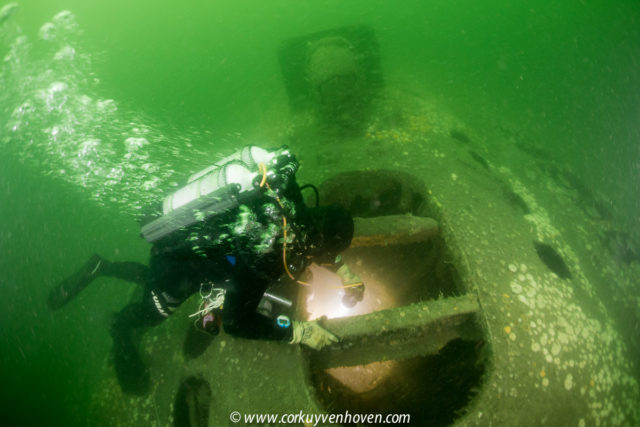
In addition to the identification of the HMS E5, the HMS E26 was also explored. The locations of the submarines had already been noticed, but diving on these wrecks is risky and virtually impossible because they are located in a busy shipping route.
The Coast Guard kept the international shipping traffic away for a few hours so that amateur divers could explore the sites and a professional photographer and cameraman could capture it. The HMS E26, which has now been further explored, was already identified in 2006 by diving club Ecuador of Terschelling.
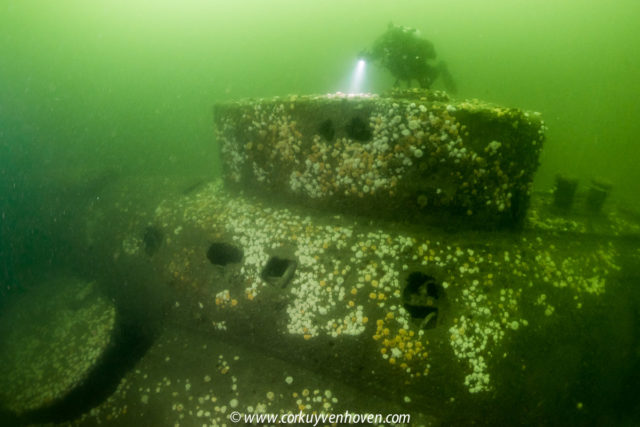
The location of the HMS E5 has now been established with certainty. The Dutch diving team ‘Zeester’ was the initiator of this major operation, involving both the Foundation Relatives Submarines 1940-1945, the foundation ‘Duik de Noordzee Schoon’ as well as the Cultural Heritage Agency of the Netherlands.
Due to the great cultural historical interest, Rijkswaterstaat and the Coast Guard authorized and facilitated the operation in order to dive into the area of the shipping route. With this unique collaboration, the discovery of the HMS E5 is a fact.
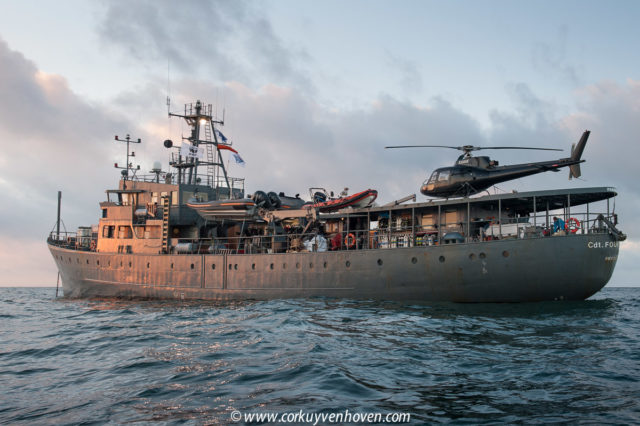
Remy Luttik, diving team ‘Zeester,’ says: ‘A piece of the puzzle of the maritime history of the North Sea has been surfaced. The results offer hope for relatives looking for their missing loved ones and relatives. As passionate amateur maritime archaeologists, we have been diving for years in search of ships and submarines that have sunk in the North Sea and are still not recovered.‘
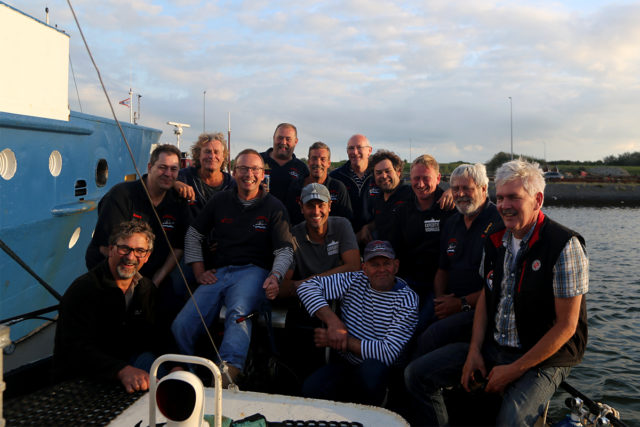
Martijn Manders, programme manager maritime heritage of the Dutch government says: ‘We have started a pilot last year at Texel to explore possibilities for cooperation with volunteers in maritime archaeology and improve this cooperation.
This first joint dive operation in the North Sea marks the start of a new pilot. We are pleased that we can work with more dive groups in the Netherlands on preserving and managing our maritime heritage. With our British colleagues, we have close contact about these sites, which we see as ‘lieux de memoire.’ Careful handling of these war graves is a priority for all parties involved.”
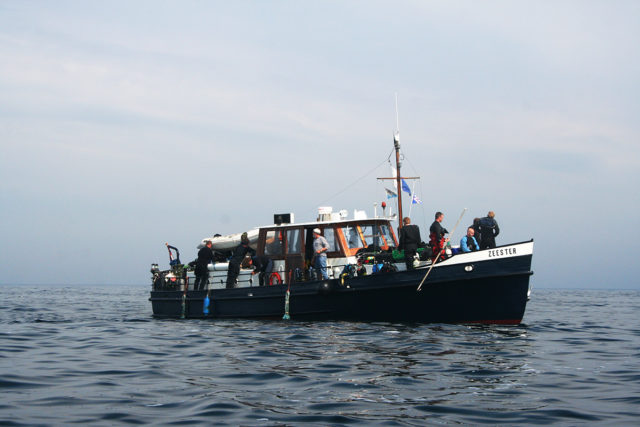
Jouke Spoelstra, project manager of the Royal Navy and the Foundation Relatives Submarines 1940-1945 for the search for the disappeared Hr.Ms.O13 in World War II on the North Sea: ‘From various sources, we get inside tips about submarine wrecks which we then try to identify. Sometimes with success, which is the case now. In close cooperation with professional companies, responsible government institutions, and volunteers, step by step we find out more about the fate of many disappeared submarines, but also other ships with their crews. This cooperation contributes enormously to raising awareness about this for many of us unknown military heritage. It’s important for survivors to protect these final resting places of their relatives and treat these sites with respect.’
In close cooperation with professional companies, responsible government institutions, and volunteers, step by step we find out more about the fate of many disappeared submarines, but also other ships with their crews. This cooperation contributes enormously to raising awareness about this for many of us unknown military heritage. It’s important for survivors to protect these final resting places of their relatives and treat these sites with respect.’
Cultural Heritage Agency of the Netherlands (Ministry of Education, Culture and Science)
‘Zeester’, Foundation Relatives Submarines 1940-1945,
Foundation ‘Duik de Noordzee Schoon’,
Rijkswaterstaat, the Coast Guard (Ministry of Defense).
